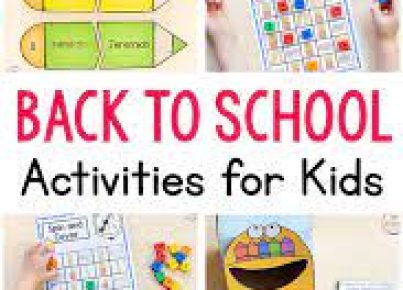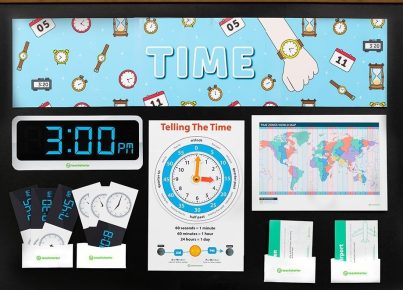Introduction:
Leadership skills are crucial for the personal and professional growth of individuals. Nurturing these skills from an early age can set the stage for children’s future success. Elementary schools play a vital role in fostering leadership qualities amongst students. Here are 15 Leader in Me activities that can be implemented in elementary schools to help students reach their full potential.
1.Classroom Jobs
Assign each student a specific responsibility in the classroom, such as being a line leader or door holder. Rotate the jobs regularly so that everyone gets an opportunity to practice various leadership roles.
2.Collaborative Group Projects
Encourage teamwork and collaborative problem-solving by assigning group projects. Monitor each group to ensure that every member is participating and contributing their ideas and skills.
3.Student-led Conferences
Allow students to take charge of their parent-teacher conferences by presenting their academic progress, goals, and achievements. This activity promotes self-reflection, communication skills, and accountability.
4.Goal Setting and Tracking
Teach students to set SMART goals (Specific, Measurable, Achievable, Relevant, Time-bound) for themselves and track their progress throughout the school year.
5.Peer Mentorship Programs
Pair older or more experienced students with younger or less experienced ones to provide guidance, support, and encouragement.
6.Public Speakers Club
Create a space where students can practice speaking in front of an audience to improve their public speaking skills, increase self-esteem, and build confidence.
7.Leadership Library
Include books about leadership skills and real-life inspirational leaders in the school library or your classroom collection for students to explore.
8.Service-Learning Projects
Integrate service-learning projects into the curriculum to teach students about community service while also addressing academic standards.
9.Morning Meeting Greetings
Have students greet each other at the beginning of each day by shaking hands and maintaining eye contact – promoting respect, inclusion, and a positive classroom environment.
10.Conflict Resolution Role-Plays
Guide students through role-playing exercises that help develop skills in effective communication, active listening, and empathy when dealing with conflicts.
11.Classroom Meetings
Hold regular classroom meetings where students can discuss their feelings, ideas, and concerns while practicing their listening and speaking skills.
12.The Leadership Wall of Fame
Create a dedicated space to recognize the achievements and positive behaviors of students. Encourage students to nominate their peers for their leadership qualities.
13.Daily Leadership Quotes
Share a daily quote or proverb about leadership with the class to spark reflection and discussion.
14.The 7 Habits Student Journal
Introduce a journaling activity where students reflect on their actions in light of the 7 Habits of Highly Effective People (by Stephen Covey).
15.Debate Club
Establish a debate club to teach students about critical thinking, persuasive communication, listening, and research skills by defending a viewpoint on various topics.
Conclusion:
Incorporating leadership-building activities into an elementary school curriculum teaches children essential life skills that pave their way for future success. These activities offer engaging ways to inspire today’s elementary students to become inclusive, accountable, and exceptional leaders of tomorrow.





